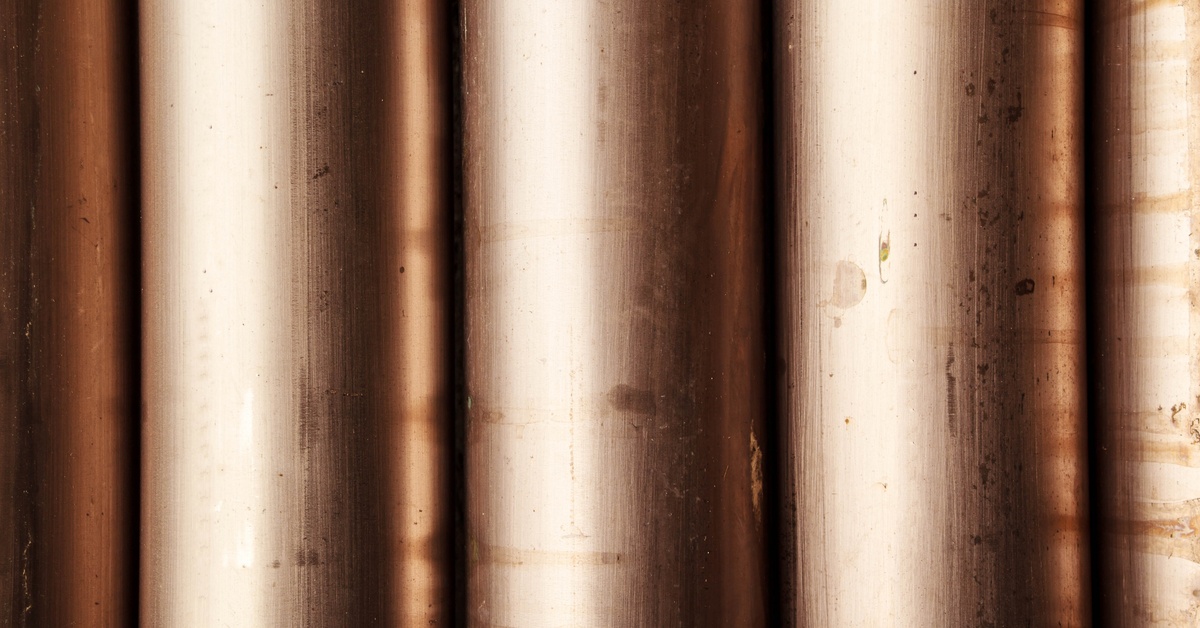254 stainless steel, also known as austenitic alloy 254 or by trade names like 254 SMO®, is a high-alloy, corrosion-resistant austenitic stainless steel. Engineered for extreme chloride-rich environments, it stands out for its superior pitting and crevice corrosion resistance, high strength, and weldability.
This article explores:
- Chemical and mechanical properties of alloy 254
- Common industrial applications
- Fabrication and welding tips
- The role of recycled alloy 254 and stainless steel scrap
- How 254 compares with low-grade and budget alternatives
🔹 1. What is Austenitic Alloy 254?
1.1 Naming and Standards
254 stainless steel is known under various identifiers:
🔹 2. Chemical Composition
254 alloy contains very high levels of molybdenum (6%) and nitrogen (0.2%), boosting its corrosion resistance far above conventional 300-series stainless steels like 316L.
2.1 Nominal Composition (% by weight)
🔹 3. Key Properties of 254 Stainless Steel
3.1 Mechanical Properties (Annealed Condition)
3.2 Physical Properties
🔹 4. Corrosion Resistance
254 stainless steel is engineered for:
- Seawater exposure
- Brine environments
- Chemical processing
- Pulp and paper bleaching systems
4.1 Pitting Resistance
Its PREN (Pitting Resistance Equivalent Number) is typically 42–45, which is significantly higher than:
- 316L: ~24
- Duplex 2205: ~34
- 904L: ~35
254's superior molybdenum and nitrogen content ensures excellent resistance to pitting, crevice corrosion, and chloride stress corrosion cracking.
🔹 5. Fabrication and Welding
5.1 Machining
Due to high alloy content, 254 is more challenging to machine than 316L. Use:
- Sharp carbide tools
- Slow speeds
- High feed rates
- Generous coolant
5.2 Welding
- Excellent weldability using GTAW (TIG), GMAW (MIG), and SMAW
- Prefer matching filler metals like ERNiCrMo-3 or UNS S31254-grade rods
- Post-weld pickling and passivation recommended
🔹 6. Common Applications of Alloy 254
Due to its corrosion performance and strength, it is widely used in:
6.1 Marine Industry
- Seawater piping
- Ballast water systems
- Heat exchangers on ships and offshore platforms
6.2 Chemical & Petrochemical
- Reactors and distillation columns
- Bleaching systems (pulp & paper)
- Flue gas scrubbers
- Acetic acid & sulfuric acid systems
6.3 Food & Pharmaceutical
- Sanitary piping and fittings
- High-chloride process areas
🔹 7. Recycled Alloy 254 and Scrap Stainless
7.1 Why Recycle Alloy 254?
- High value: Due to molybdenum and nickel content
- Circular economy: Supports low-carbon stainless steel production
- Price volatility: Recycling reduces dependency on virgin materials
7.2 Stainless Steel Scrap Streams
254 is classified as high-alloy austenitic stainless scrap. Its scrap value depends on:
- Purity (e.g., no contamination with carbon steel)
- Identification (XRF scanners for alloy detection)
- Nickel and Mo prices on commodity exchanges
7.3 Recycled Uses
Recycled 254 scrap can be:
- Remelted to create new alloy 254 stock
- Blended with other alloys to create duplex or 904L
- Downgraded for lower-spec applications
🔹 8. Low-Grade & Alternative Alloys
8.1 Why Consider Lower-Cost Alternatives?
- Cost of 254 is high due to Ni, Mo, N
- Lower-grade alloys suffice in less aggressive environments
- Budget-driven industries seek alternatives
8.2 Common Alternatives to 254
🔹 9. Sustainability and Circular Design
9.1 Environmental Benefits of Recycled Stainless
- Reduced CO₂ emissions per ton
- Less mining and energy use
- Drives cost stability in alloy supply chains
9.2 Circular Strategies
- Use verified alloy scrap streams
- Incentivize end-of-life recovery
- Choose grades that are remelt-compatible
🔹 10. Market Trends & Pricing
10.1 Alloy 254 Pricing
- Tied to nickel and molybdenum indexes
- In 2024–25, alloy surcharges fluctuated due to global demand and supply shocks
- Scrap stainless prices for 254 can reach 60–70% of virgin alloy price if clean
10.2 Global Demand
- Renewable energy (desalination, biofuels)
- Chemical upgrades in Asia
- Stainless fabrication for hydrogen transport
🔹 Conclusion
Austenitic alloy 254 (254 stainless steel) stands as a premium material for high-chloride, corrosion-intensive applications. While expensive, it outperforms most standard stainless grades in durability and resistance.
Recycling 254 alloy and utilizing scrap are key to driving sustainability, managing costs, and ensuring circular supply chains. In less demanding roles, lower-grade or duplex alloys may provide a sufficient and more cost-effective solution.



